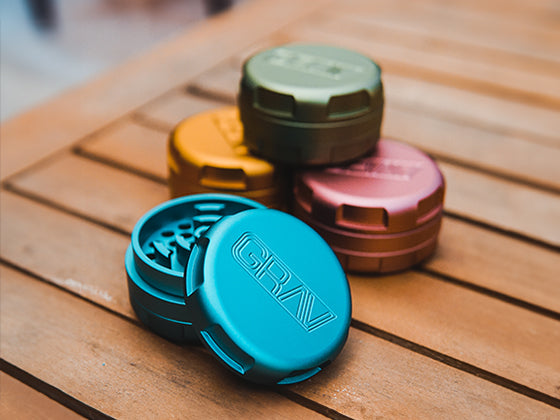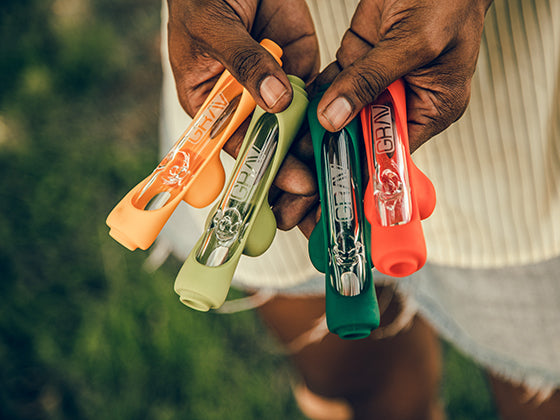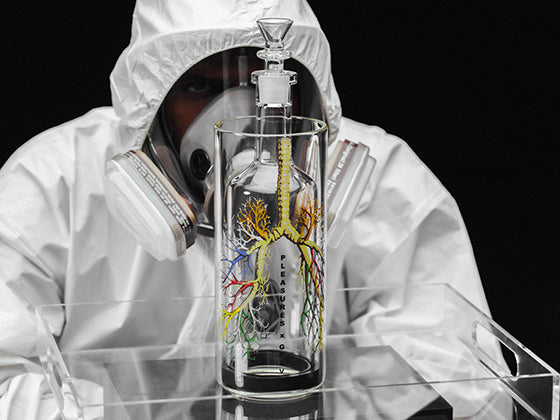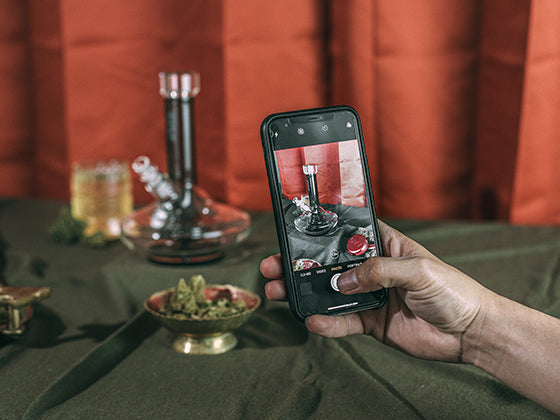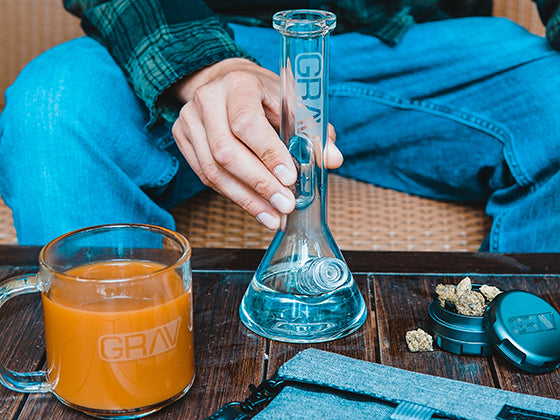When we think about naturally-occurring psychedelics, most of us think exclusively of mushrooms. Maybe ayahuasca...
But there is another plant that not only has psychedelic properties, but has been used in religious ceremonies in North, Central, and South America for thousands of years.
These are the sacred cacti, a few select genera that indigenous people have long consumed for both physical and spiritual healing.
Only a few cactus species have psychedelic properties, so don’t go out back and start chopping up your prickly pear. (Actually, you can make delicious dishes from nopales, the paddles of prickly pear, and their fruits. But it won’t create a psychedelic experience.)
To learn more about these sacred cacti, I chatted with cactus lover and all-around entheogen enthusiast Max Montrose of the Trichome Institute. Max shared a little history, a lot of science, and his thoughts on this sacred plant medicine.

Peyote & San Pedro
Of the two primary sacred cacti, the one more people have heard of is peyote. Native to the southern United States and northern Mexico, these small, low cacti are true desert plants. They have a distinctive button shape and a beautiful blue-green color.
The other primary sacred cactus is the San Pedro, native to the South American mountains. Appearance-wise, they’re as different as can be from the squat peyote. San Pedro plants grow tall and proud, with ridged green ribs stems. Their massive root system let the plant fill with water during the heavy mountain rainfall. This is a cactus that likes to drink.
“I hate when San Pedros are in coffee shops and offices,” Max told me. “They’re always struggling, because busy North Americans who are disconnected from the earth look at it like ‘a cactus,’ thinking it’s a desert dweller, and don’t give it enough water.”
What do these two cactus varieties have in common? Well, for one, neither has the abrasive needles that we often associate with cactus. The peyote has no spines at all, and the San Pedro has needles so small you can pet their flesh in between.
Max says, “They want you to touch them. They want you to engage with them. They have consciously chosen not to protect themselves with needles because they have purposeful gifts to share with us.”
Another thing they have in common? Mescaline.
Where THC is the dominant compound in cannabis that creates a high, mescaline is the dominant compound in the ceremonial cactus that produces a psychedelic effect.
But also like cannabis, there is a lot more going on than just mescaline. Back in May, Max explained how terpenes create the different effects that we feel from different strains of cannabis.
Similarly, he explained, different sub-alkaloids create vastly different effects between peyote and San Pedro, and even within their own sub-species. People who have experienced the two compare San Pedro to the feeling of MDMA — a huge surge of love energy. Peyote, on the other hand, is better compared to LSD, with intense mental visuals. This all depends on the dose of course. Yet it is interesting to note that mescaline dominant cacti produce different effects the way different cannabis types do.

Sacred Ceremonies
While it’s helpful to compare the effects of the cacti to these more familiar with other substances, cacti are not recreational psychedelics. Taking San Pedro or peyote can and does produce intense medicinal and ritualistic experiences — not entertainment.
These ceremonies are as diverse as the cultures they hail from. In North America, for example, a peyote ceremony will usually take place at night in a tepee, with the intent to heal personal or communal problems. There are strict rules of etiquette that include sitting upright instead of leaning or lying down, singing traditional songs, and offering prayers.
In Mexico, on the other hand, the Huichol people do an annual pilgrimage to the mountains of Wirikuta for their peyote hunt. Before traveling, the pilgrims will participate in confessional and purification rituals. Upon arrival, they will collect a year’s supply of peyote to bring back with them, and sell to neighboring tribes.
And Peruvian San Pedro ceremonies (called Huachuma ceremonies) may take place either during the day or at night, with fasting and rest beforehand, and feasting after. The shaman and patient often take the brew together, and may have private conversations throughout the experience to work through various issues while practicing other intense rituals.
Spiritual Tourism
So should we all run out to the Navajo Nation and join a peyote ceremony?
It’s not that simple.
First of all, extracting and consuming mescaline from either San Pedro or peyote is a federal crime, outside of certain religious groups like the Native American Church.
But beyond that, there are important questions to consider about the way non-Native people should be interacting with this plant medicine. While Max understands the desire to keep these traditional ceremonies sacred, it feels inappropriate to step into a tepee and sing Diné songs, without being a part of that culture.
“As a Jewish person,” Max told me, “it would offend me personally if a group of non-Jewish people tried to practice my people’s ancient religion by poorly singing our prayers in Hebrew and putting on our religious emblems. That would be cultural appropriation....
“The tradition of Native American peyote should remain, and we should try to help them preserve it. That doesn’t mean non-Native people should be forced into doing peyote in the religious way they are doing it.”
Instead, Max would prefer to respect these sacred plants in his own way — combining his unique cultural heritage and love of the earth into a more personal experience, without feeling like he’s “trying on” another culture.
It’s a fair point — especially since, as we’ve seen, there is no one way to hold a plant medicine ceremony, even among the indigenous peoples who have been taking part in them for thousands of years.
Those in search of sacred cacti healing can travel to Peru and parts of Mexico to participate in a ceremony under the supervision of a shaman or guide. Here in the U.S., only a few states permit “bona fide religious use” of peyote and San Pedro. As to which states those are, and whether or not a ceremony counts as “bona fide” — that research will be up to you.
To learn more from Max about cannabis, plant medicine, and the natural world, follow him on Instagram at @max.montrose. And to learn more about the Trichome Institute, follow them at @trichome.institute or visit their website.


